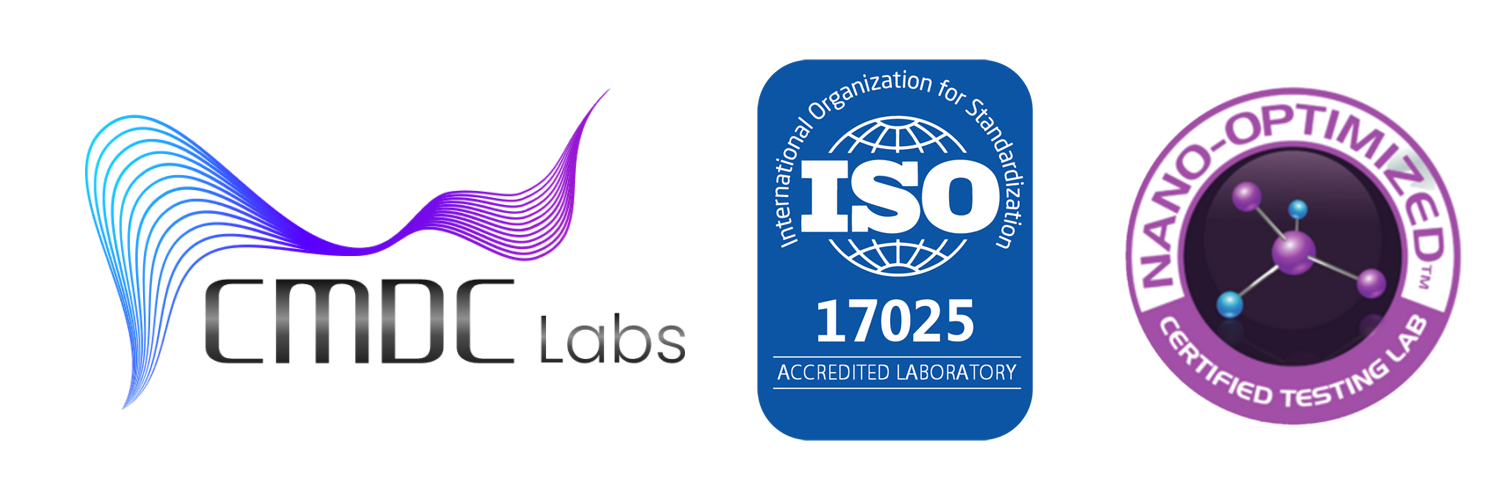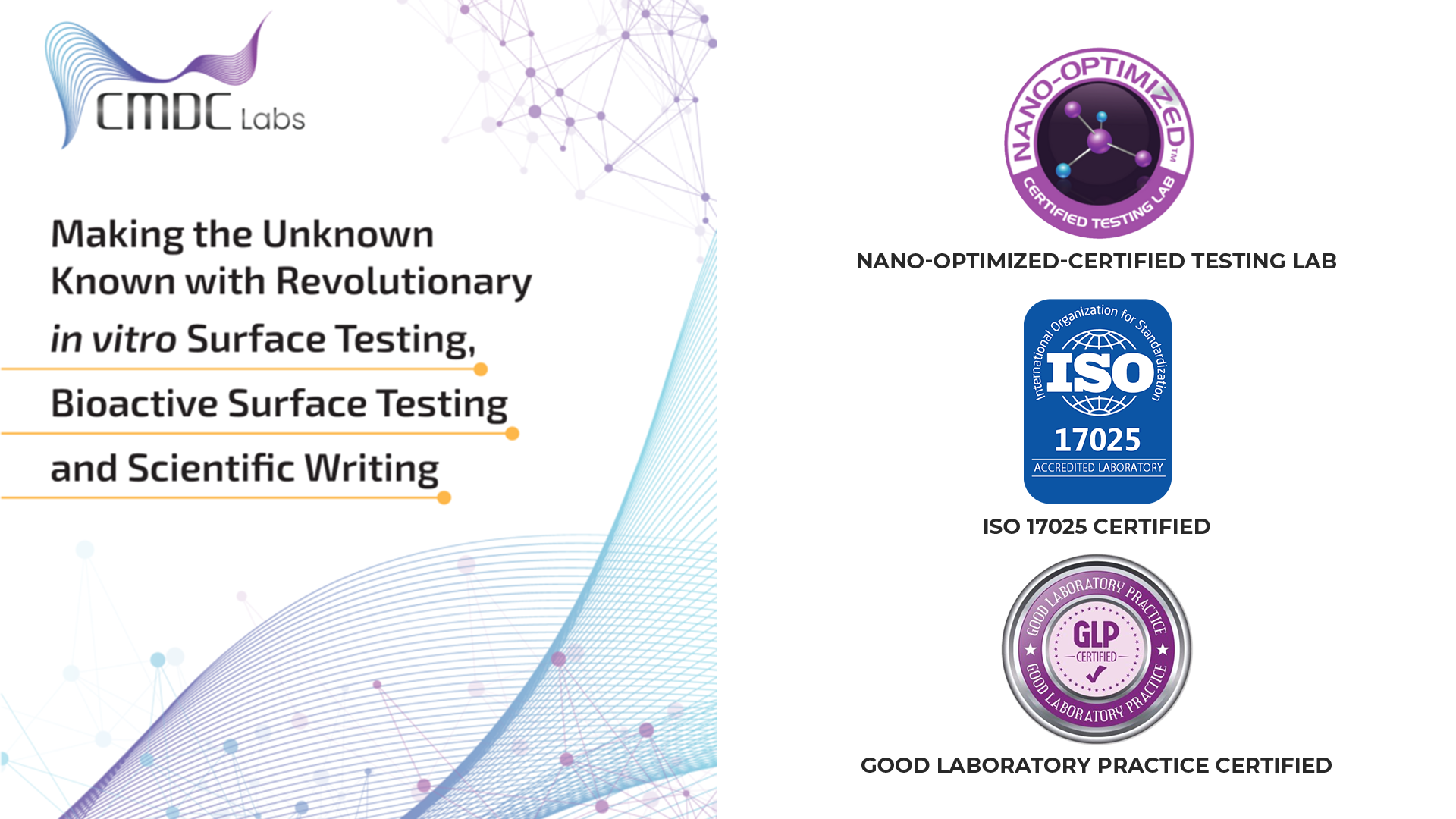Ensuring food safety is an ever-evolving challenge, particularly with the increasing complexity of food supply chains and the continuous emergence of new microbial threats. At CMDC Labs, we pride ourselves on our mastery of AOAC-compliant food safety testing, particularly in the area of pathogen detection. Leveraging advanced technologies and rigorous methodologies, we provide comprehensive solutions to identify and mitigate microbial hazards in food products. This article delves into our innovative approaches to pathogen detection, highlighting the importance of AOAC standards and the cutting-edge technologies we employ to ensure the highest levels of food safety.
The Significance of AOAC Standards in Food Safety
AOAC International is a globally recognized organization that develops and validates analytical methods to ensure the accuracy, reliability, and consistency of food safety testing. These standards are essential for detecting and quantifying microbial contaminants, ensuring that food products meet stringent safety and regulatory requirements. Adherence to AOAC standards not only enhances food safety but also boosts consumer confidence and helps manufacturers avoid costly recalls.
Comprehensive Pathogen Detection at CMDC Labs
At CMDC Labs, we utilize a variety of AOAC-compliant methods to detect pathogens in food products. Our approach encompasses several advanced techniques to ensure comprehensive detection and quantification of harmful microorganisms.
1. Polymerase Chain Reaction (PCR)
Polymerase Chain Reaction (PCR) is a molecular biology technique used to amplify and detect DNA sequences of pathogens. This method is highly sensitive and specific, making it ideal for rapid pathogen detection.
- High Sensitivity and Specificity: PCR can detect even low levels of microbial DNA, ensuring accurate identification of pathogens such as Salmonella, Listeria, and E. coli.
- Rapid Turnaround: PCR offers faster results compared to traditional culture methods, enabling quicker decision-making and response to contamination events.
2. Enzyme-Linked Immunosorbent Assay (ELISA)
Enzyme-Linked Immunosorbent Assay (ELISA) is a widely used method for detecting antigens associated with pathogens. It is particularly effective for screening large numbers of samples.
- Cost-Effective Screening: ELISA is a cost-effective method for initial screening, allowing for the efficient processing of multiple samples.
- High Throughput: This technique supports high-throughput testing, increasing laboratory efficiency.
3. Next-Generation Sequencing (NGS)
Next-Generation Sequencing (NGS) is an advanced technology that allows for comprehensive genomic analysis of pathogens. It provides detailed information on the genetic makeup of microorganisms.
- Comprehensive Profiling: NGS can identify a wide range of pathogens and their genetic variations, providing a detailed understanding of microbial contamination.
- Enhanced Detection: This technology enhances the detection of emerging and rare pathogens that may not be identified through traditional methods.
Implementing Advanced Technologies for Pathogen Detection
To stay at the forefront of food safety testing, CMDC Labs integrates several advanced technologies and methodologies into our pathogen detection processes.
1. Rapid Microbiological Methods (RMM)
Rapid Microbiological Methods (RMM) provide quicker results compared to traditional culture-based methods, allowing for timely interventions.
- ATP Bioluminescence: This method measures the presence of ATP, a molecule found in all living cells, providing rapid results for microbial contamination.
- Automated PCR Systems: These systems automate the PCR process, increasing throughput and reducing the risk of human error.
2. High-Throughput Screening
High-throughput screening allows for the simultaneous testing of multiple samples, increasing efficiency and reducing turnaround times.
- Automated Sample Handling: Robotic systems handle sample preparation and processing, ensuring consistency and reducing labor costs.
- Multiplex Assays: These assays enable the detection of multiple pathogens or contaminants in a single test, improving efficiency.
Quality Assurance and Regulatory Compliance
Our commitment to quality assurance and regulatory compliance is central to our pathogen detection services. Key aspects include:
1. Rigorous Quality Control
We implement stringent quality control measures to ensure the accuracy and reliability of our testing results.
- Proficiency Testing: Regular participation in proficiency testing programs ensures that our methods meet industry standards.
- Internal Audits: Routine internal audits help identify areas for improvement and ensure compliance with AOAC standards.
2. Continuous Improvement
We are committed to continuous improvement, regularly updating our methods and technologies to stay ahead of industry advancements.
- Staff Training: Our team undergoes continuous training to stay updated on the latest developments in food microbiology.
- Method Validation: We validate our testing methods to ensure their accuracy, precision, and reproducibility.
The Benefits of AOAC-Compliant Pathogen Detection
Adhering to AOAC standards in pathogen detection offers several benefits:
- Regulatory Compliance: Ensures that food products meet national and international regulatory requirements.
- Consumer Confidence: Builds trust with consumers by demonstrating a commitment to food safety and quality.
- Risk Mitigation: Identifies and addresses potential food safety hazards before they reach the market, reducing the risk of foodborne illnesses.
Conclusion
CMDC Labs’ expertise in AOAC-compliant food safety testing is integral to ensuring the safety and quality of food products. By leveraging advanced technologies and adhering to rigorous standards, we provide reliable and accurate pathogen detection services that help manufacturers meet regulatory requirements and protect public health. Our commitment to quality, innovation, and continuous improvement ensures that we remain a trusted partner in the food industry.
For more information on our AOAC-compliant food safety testing services and how we can support your food safety needs, connect with us!
References
-
AOAC International. “Official Methods of Analysis.”
-
Food and Drug Administration (FDA). “Food Safety and Modernization Act (FSMA).”
-
United States Department of Agriculture (USDA). “Microbiological Testing Methods

